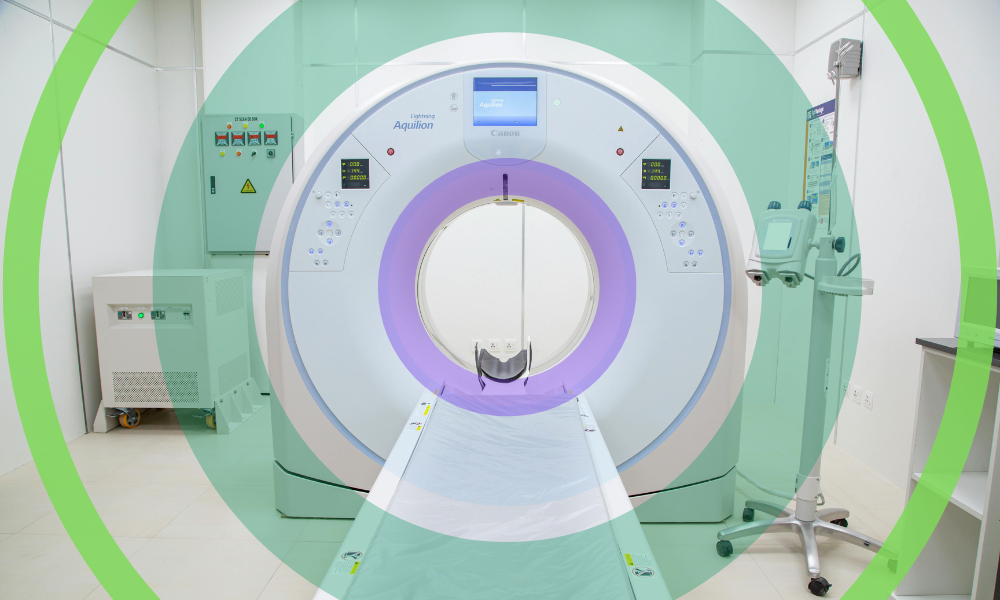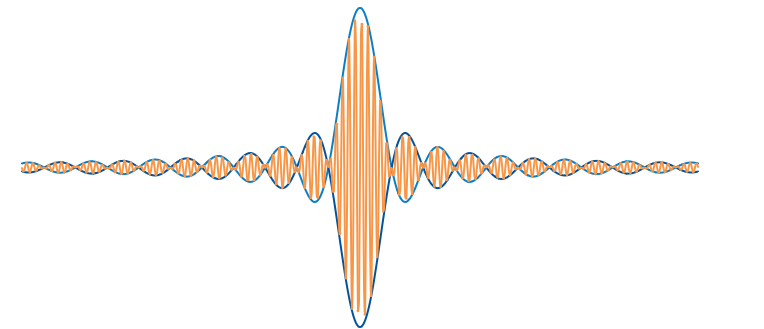July 22, 2024 - A Closer Look at MRI
There is no doubt that the invention of Magnetic Resonance Imaging, or MRI, stands as a pivotal advancement in medical care. MRI technology continues to be pushed further with the assistance of cutting edge tools, thus expanding our knowledge of the human body and solving the complexities of disease, injury, and developmental issues. There’s truly no one direction that MRI advancement will take since the needs of patient care are so vast. In particular, research and development labs are exploring the benefits of MRI with both lower and higher magnetic fields to satisfy the varying requirements of the health industry.

There remains much mystery shrouding the origin of and possible remedies for illnesses that stem from the brain. Creating an MRI machine with a stronger magnetic field stands as a possible answer. In a joint effort, UC Berkeley and Advanced MRI Technologies created a 7 T MRI machine as opposed to hospital standard 3 T MRI and is fast enough to correctly map the direction of information being passed within the brain (Sanders, 2023). More specifically, high-field MRI machines pose to present higher signal-to-noise ratios, contrast-to-noise ratios, and spectral resolution (Stafford, 2005). In other words, the higher the magnetic field, the clearer the imagery. Interestingly enough, there is also much to gain from developments that involve MRIs with lower magnetic fields (low-field MRI).
A looming question and prevailing incentive in the medical industry is how to develop adequate patient care within regions that have little to no resources. This is where the benefit of low-field MRI that retains the ability to produce viable imagery comes into play. Low cost, smaller footprint, lower power requirements, flexible orientation, and more could lend low-field MRI as a solution to providing imaging access to the 90% of individuals that have none (Arnold TC et al., 2023). A 0.05 T MRI that received FDA clearance in 2022 has such low magnetic force that patients with metal within their bodies can be imaged (Szalinkski, 2024). Jargon aside, low-field MRIs target accessibility and thus play a pivotal role in the development of healthcare.
The health industry is one of the largest industries in the world. While its large-scale technological advancements stand in the limelight, each renowned technology is made possible by the steady progression of instruments that outfit research and development labs everywhere. Arbitrary waveform generators, RF signal generators, and RF power sensors are all types of instrumentation that drive MRI tech forward. The diagram below shows how an MRI system relies on both RF waveforms as the carrier source (shown in orange) and arbitrary waveforms for modulation sources (shown in blue). Since MRI is for use on humans, RF power sensors are needed to verify that patients are not being exposed to dangerous RF radiation. Yet this is only one example of the machinery that goes into a complete MRI system. Clearly, without adequately outfitted R&D labs, the advancements made in MRI technology would not be where they are today.

Citations
Szalinski, C. (2024, May 20). “Big Breakthrough”: New Low-Field MRI Is Safer and Easier. Medscape. https://www.medscape.com/viewarticle/big-breakthrough-new-low-field-mri-...
Sanders, R. (2023, December 8). A breakthrough for brain imaging. University of California. https://www.universityofcalifornia.edu/news/breakthrough-brain-imaging
Arnold, T. C., Freeman, C. W., Litt, B., & Stein, J. M. (2023). Low-field MRI: Clinical promise and challenges. Journal of magnetic resonance imaging : JMRI, 57(1), 25–44. https://doi.org/10.1002/jmri.28408
Stafford, RJ. (2005, July 24). High Field MRI: Technology, Applications, Safety, and Limitations. American Association of Physicists in Medicine. https://www.aapm.org/meetings/05am/pdf/18-2826-94182-387.pdf
